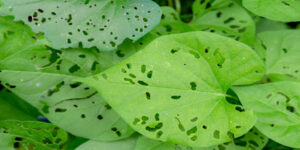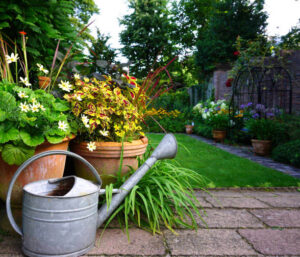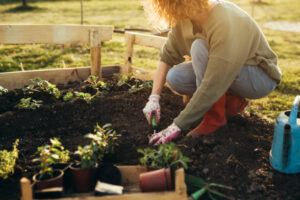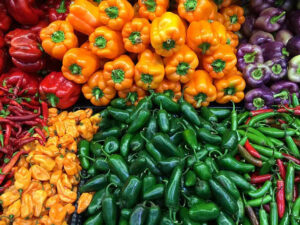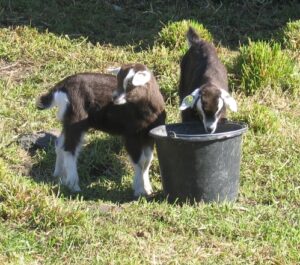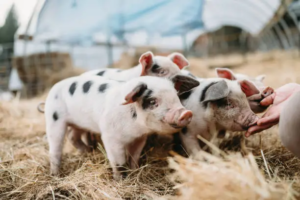Stevia is a natural sweetener derived from the leaves of the plant species Stevia rebaudiana, which is native to South America. The leaves of the plant contain a group of sweet-tasting compounds called steviol glycosides, which are up to 400 times sweeter than sugar.
Stevia has become popular as a sugar substitute in recent years due to its low calorie content and zero glycemic index, making it a suitable sweetener for people with diabetes or those watching their weight. Stevia is also considered safe for consumption by various regulatory bodies around the world, including the US Food and Drug Administration (FDA) and the European Food Safety Authority (EFSA).
Stevia can be found in various forms, including powder, liquid, and granulated. It is commonly used to sweeten beverages, such as tea and coffee, and in baking and cooking as a substitute for sugar.
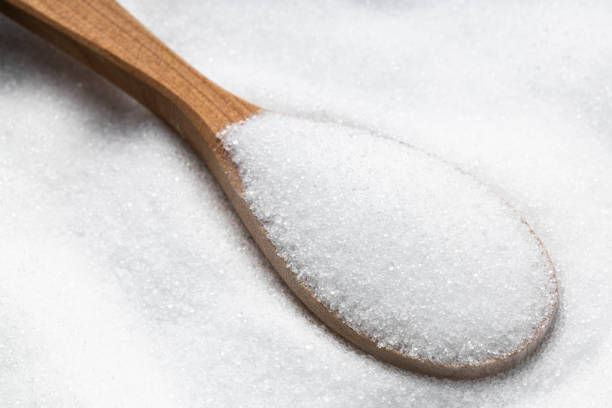
Stevia has several potential benefits, including:
- Low calorie content: Stevia is very low in calories compared to sugar, which makes it a suitable alternative for people looking to reduce their calorie intake or lose weight.
- Zero glycemic index: Stevia does not raise blood sugar levels, making it a good option for people with diabetes or those looking to manage their blood sugar levels.
- Natural origin: Stevia is a plant-based sweetener and is considered a natural alternative to artificial sweeteners.
- Tooth-friendly: Stevia does not promote tooth decay, making it a better option for dental health compared to sugar.
- No known adverse effects: Stevia is generally considered safe for consumption, and no significant adverse effects have been reported in studies.
- Versatile: Stevia can be used in a variety of ways, including baking, cooking, and sweetening beverages, making it a versatile sugar substitute.
However, it is important to note that not all stevia products are created equal, and some may contain additional ingredients that can affect their health benefits. It is important to choose high-quality stevia products and use them in moderation as part of a balanced diet.
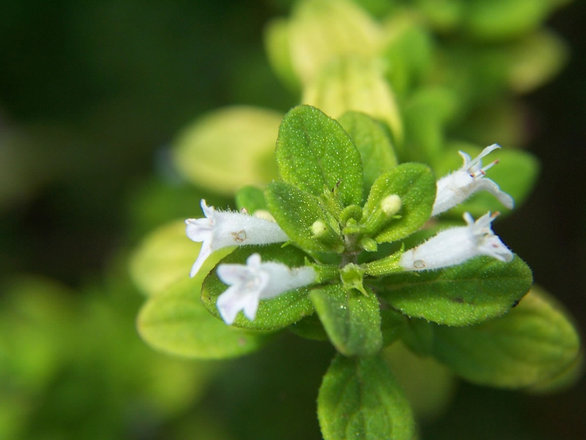
Stevia can be grown in a variety of climates, but it thrives in warm, humid conditions. Here are the basic steps to grow stevia:
- Choose a suitable location: Stevia requires full sun or partial shade, well-draining soil, and a consistent source of water.
- Prepare the soil: Work the soil to a depth of at least 8 inches, removing any rocks or debris. Stevia prefers a slightly acidic soil with a pH of around 6.5.
- Plant the seeds or cuttings: Stevia can be grown from seeds, but it is easier and more reliable to grow from cuttings. Plant the cuttings or seeds about 18-24 inches apart in rows, with a spacing of 24-30 inches between rows.
- Water regularly: Stevia requires consistent moisture, so water the plants regularly, especially during dry spells.
- Fertilize: Stevia is a heavy feeder and requires regular fertilization. Apply a balanced fertilizer every 4-6 weeks during the growing season.
- Control weeds: Keep the area around the stevia plants weed-free, either by hand weeding or using mulch.
- Harvest the leaves: Stevia can be harvested several times during the growing season. Harvest the leaves before the plant flowers, as this is when the steviol glycosides are at their highest concentration. Cut the stems about 6 inches above the ground and remove the leaves from the stems.
With proper care, stevia plants can grow to be 2-3 feet tall and produce abundant leaves for sweetening purposes.



